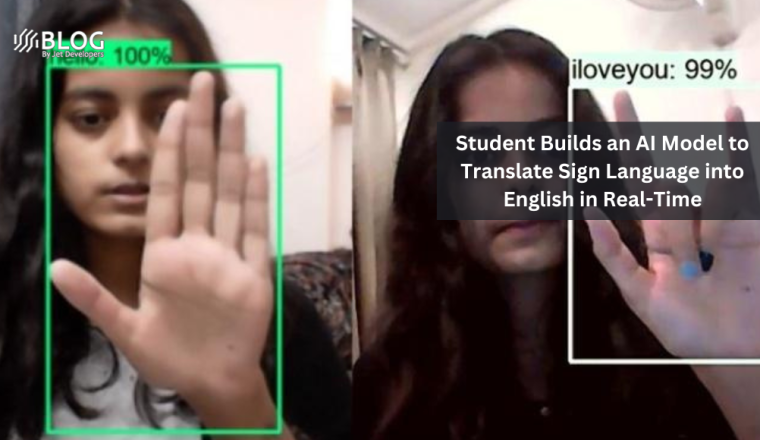Metaverse
The Metaverse refers to a virtual reality space where users can interact with a computer-generated environment and other participants in real-time. It is a concept often associated with a fully immersive and interconnected digital universe, where people can engage in various activities, such as socializing, working, gaming, creating, and exploring. It typically incorporates elements of augmented reality, virtual reality, and the internet to create a shared and persistent virtual world that goes beyond traditional two-dimensional online experiences. The vision of the metaverse is to provide a highly immersive and interactive environment where individuals can have a sense of presence and engage in diverse virtual experiences that mimic or transcend aspects of the physical world.
Brief History
The term Metaverse is derived from the Greek words ‘meta’ (beyond) and ‘verse’ (universe). Consider it a universe beyond reality that will be capable of replacing every activity in our lives.
The word “metaverse” originally appears in Neal Stephenson’s 1992 science-fiction novel Snowcrash, which depicts a future in which millions of individuals interact in a cyberspace environment using virtual avatars. This notion was popularized further in Earnest Cline’s 2011 sci-fi novel Ready Player One, in which ordinary individuals strap on VR headsets and log into a virtual world to play out their imaginations.
Later in the early 1990s, a firm called Sega launched VR gaming devices, such as the SEGA VR-1 motion circular, which aimed to provide exciting experiences for arcade gamers. All of these technologies are thought to be the origins of the metaverse, however, the metaverse became popular among the general public once Facebook announced its rebranding to the Meta.
Technology in Metaverse
- Virtual Reality (VR) and Augmented Reality (AR): VR and AR technologies play a crucial role in creating immersive and interactive experiences within the metaverse. VR headsets, like Oculus Rift, HTC Vive, or Valve Index, provide users with a fully immersive virtual environment, while AR devices, such as Microsoft HoloLens or smartphone AR capabilities, overlay digital elements onto the real world.
- 3D Modeling and Animation: Creating the virtual environments and objects in the metaverse requires 3D modeling and animation tools. Software like Blender, Autodesk Maya, or Unity’s 3D modeling features enable artists and developers to design and build lifelike virtual assets.
- Game Engines: Game engines like Unity and Unreal Engine provide the foundation for developing interactive experiences in the metaverse. They offer powerful tools for rendering graphics, physics simulations, scripting, and creating interactive gameplay mechanics.
- Networking and Cloud Infrastructure: The metaverse relies on robust networking and cloud infrastructure to enable real-time interactions and seamless experiences across different users and devices. Technologies like cloud computing, edge computing, and distributed networking protocols facilitate the scalability, reliability, and synchronization required for a shared virtual world.
- Blockchain and Digital Assets: Blockchain technology, with its decentralized and transparent nature, can be utilized in the metaverse for secure ownership and trading of digital assets. Non-fungible tokens (NFTs) can represent unique virtual items, artwork, or virtual real estate within the metaverse, allowing users to buy, sell, and collect digital possessions.
- Artificial Intelligence (AI): AI plays a role in creating dynamic and intelligent virtual characters or NPCs (non-player characters) within the metaverse. AI algorithms can enable realistic behavior, natural language processing for interactive conversations, and procedural generation techniques for generating diverse and lifelike virtual environments.
- Social Platforms and Communication Tools: Social platforms and communication tools, such as Discord, Zoom, or VRChat, provide the means for users to interact and socialize within the metaverse. These platforms facilitate voice and text communication, community building, and shared experiences among users.





